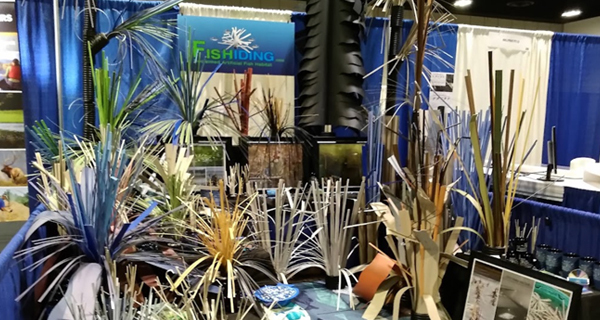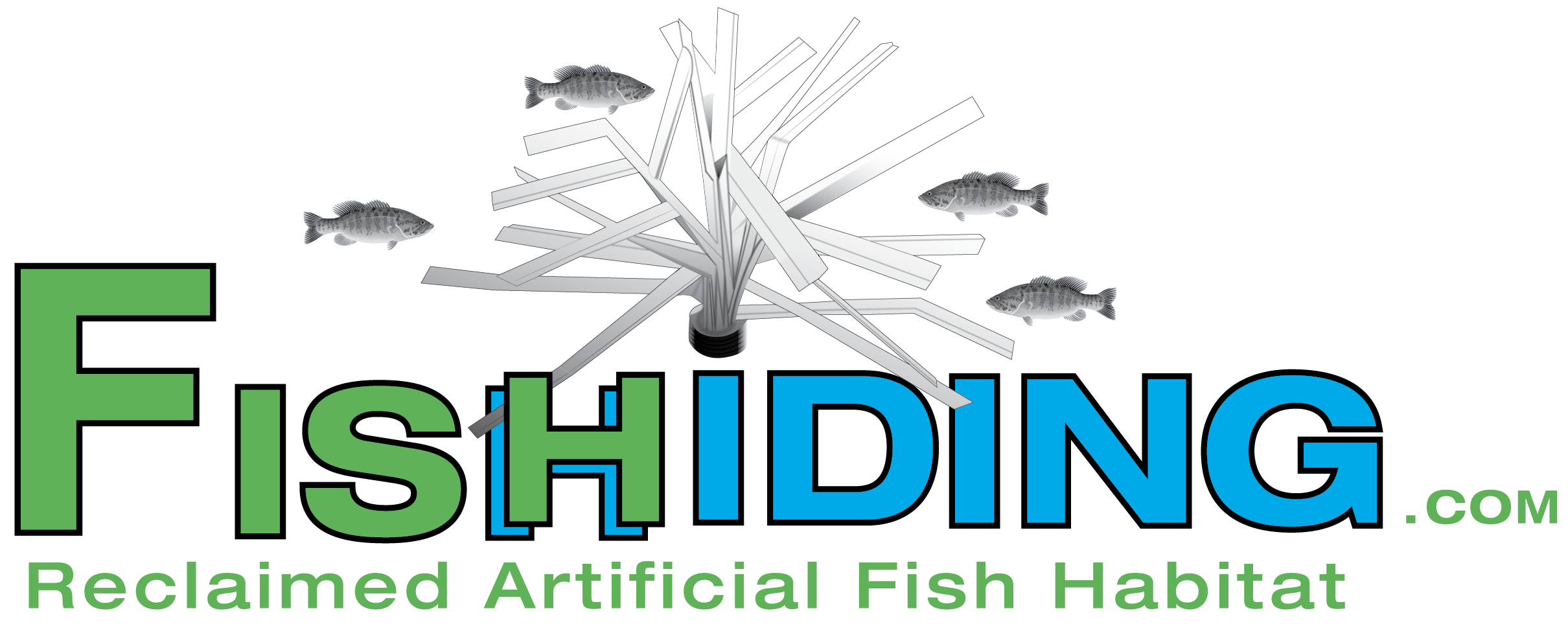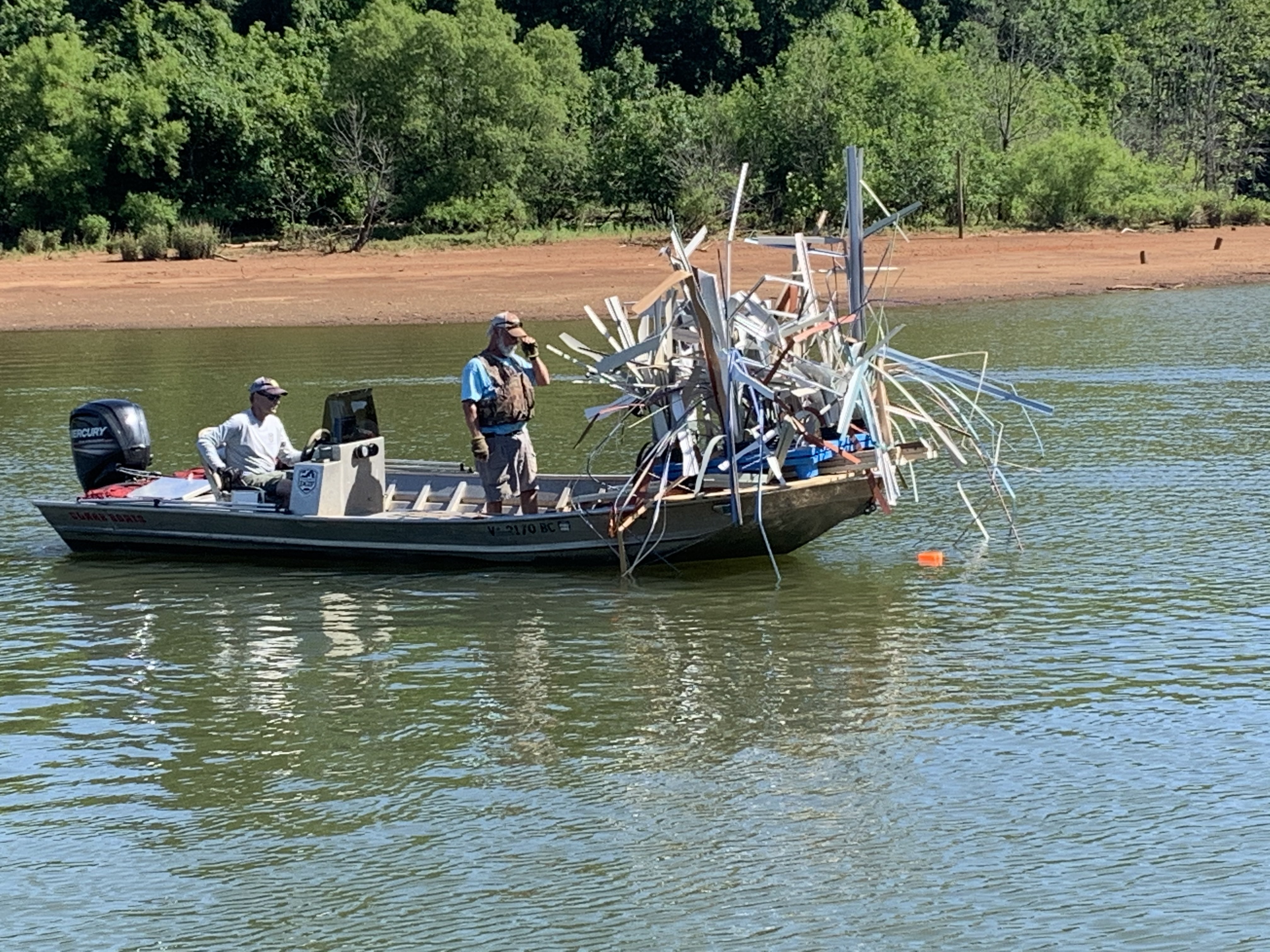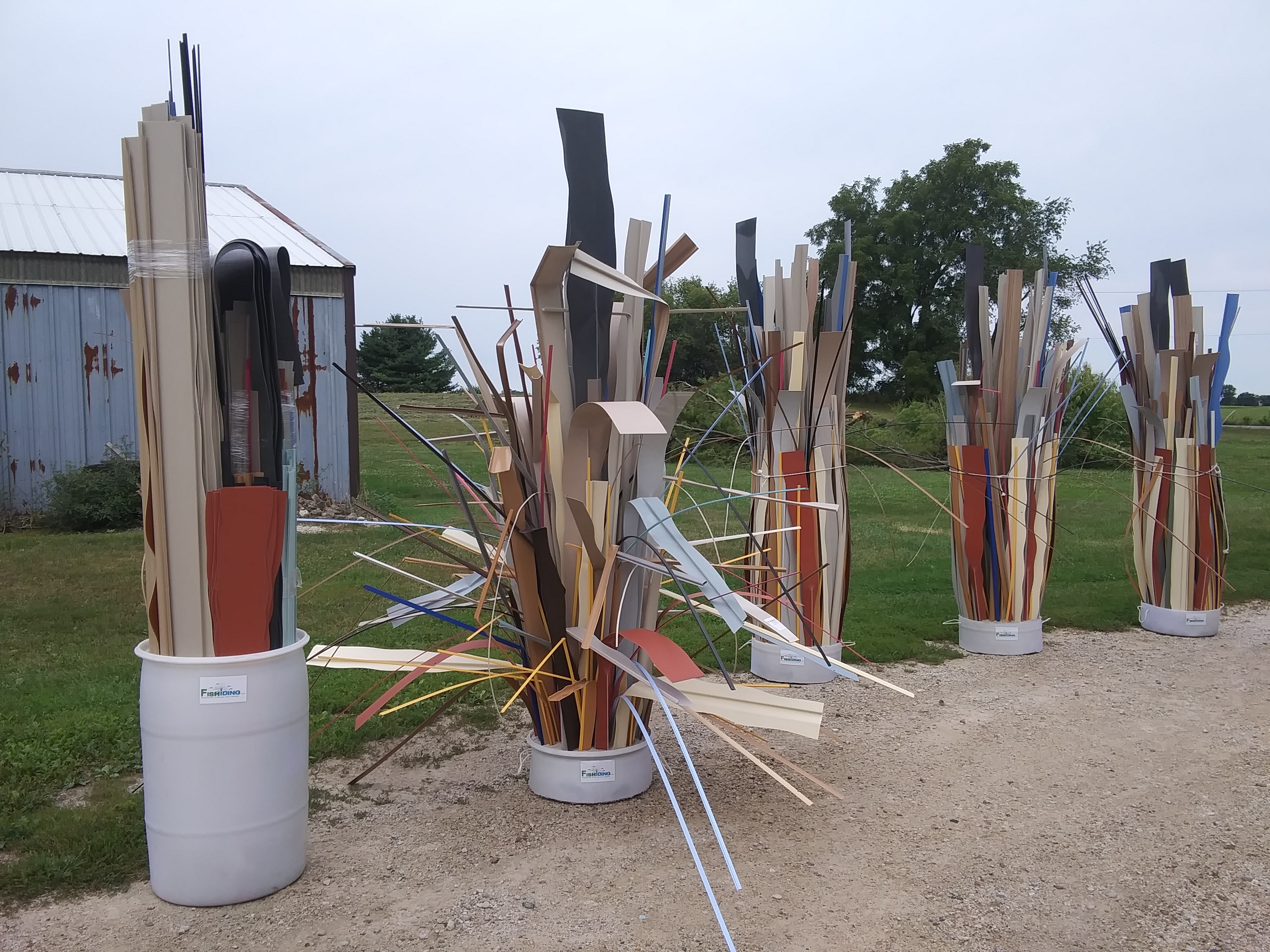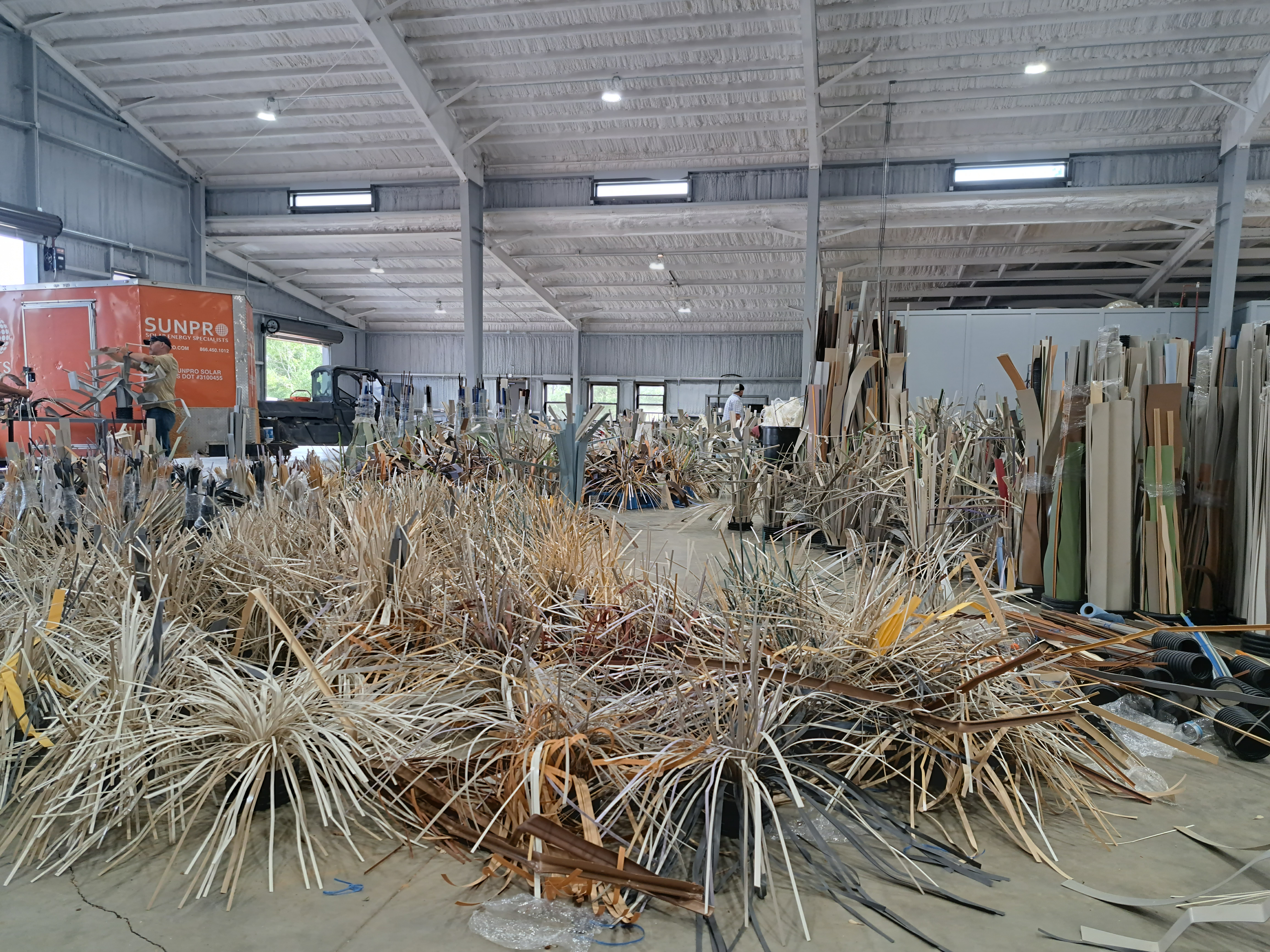How Big Should I Make My Fish habitat?
Posted by David Ewald on 5th Feb 2025
There is one very easy answer to the stated question above. As big, intricate, dense, tall and abstract as possible..........always! The more natural and/or artificial fish habitat and fish cover you can provide is always better to grow more fish. Animals need places to hide, rest, feed and raise their young, fish are the same. Robust and intricate fish habitat will reduce stress and increases growth, weight and size of fish. We have this exciting data to prove it!
Start with a solid base, heavily weightd to hold fish cribs to the lake floor. Fish structures should rise from the lake or pond floor, to just below the surface if possible. This complex vertical element, cannot be left out, height is always preffered by fish over width, with all fresh water fish cover. The more variety of fish habitat available will hold a larger variety of aquatic life. A long proven understanding with all types of habitat is that complexity, variety, density and surface area combine to create a true fish habitat for successful breeding and growth. These science based and proven facts, are the basis of ourlong tested fish habitat.
When surface area is increased, the amount of food it supports directly increases along with it. Fishiding.com has been utilizing this important fact with the industries most successful line of artificial fuish habitat products for almost two decades. Using only reclaimed PVC with substantially flat limbs, strips and pieces, this patented process mimicks nature by collecting sunlight like leaves underwater. Diatom based periphyton then takes over, quickly covering the PVC habitat with the mothers milk of nurishment. Zooplankton, fry and all types of bugs, feed on this first lifeform starting the balanced ecosystem. This is why we are able to show countless pictures and videos, showing this growth and documented process, which others have not. Claiming to harbor bugs and fry, but unable to document the same. Hide or die is the real world truth of small fish and bugs. Make sure you provide your fish with ample places to hide from predators. Protecting your investment from theft, that's good fish habitat.
No other fish structure shapes, fish habitat types or stamped out identical fish attractors currently available can show this efficacy. Pictures in hatchery tanks, a large Bass or two swimming by an attractor or algae purposely shluffed over the limbs for a picture, prove nothing but decption. To actually protect young fish, a myriad of crevices found in nature, must be mimicked for success. This why deadfall tree limbs, naturally growing aquatic plants and shoreline grasses hold these lifeforms so successfully. Because of this simple fact, Large, dense, intricate hand made fish habitat by Fishiding.com continues to provide the only pictures, video showing all life sizes of underwater life, over more than 15 years of study. If it isn't big, dense, intricate, messy and safe for little bugs, it will not create a safe haven for your fish. Give your fish a home that they can relax and get biig. Hide for your life!
Bigger is better, we have had models covering this fact for many years. Artificial fish trees, standing over fifteen feet tall. Modular fish habitat units, creating artificial reefs, holding tens of thousands of fish. Fish structures weighing hundreds of pounds, holding firm on underwater slopes, currents and refusing theft. Nature rarely produces anything exactly the same, nor does she only provide on type of plant.
